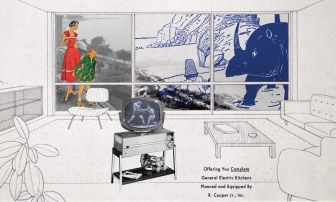Resource Histories
Resource Histories extends questions left unaddressed by the arguments of Governing by Design. Given the strong relationship between architecture and the extraction, distribution, and consumption of material, financial, and other resources, what are the methodological implications of writing about resource infrastructures in architectural history? To ask “What is a resource?” and then to attempt to trace its circulation in the world, through the terms of architectural history requires us to explore tools and approaches capable of describing both the material and the immaterial realms of resource.
Events
Aggregate hosted a Resource Histories symposium in Spring 2014.
We are chairing a panel, Resource Architectures, on the topic at the Society of Architectural Historians Annual Meeting in Chicago, in April 2015. Panelists include Ayala Levin, Josi Ward, Lukasz Stanek, and Martin Hershenzon.
CFP: The extraction, distribution, and consumption of resources has often been subject to architectural design. Examples familiar from the Western modernist canon include Sant’Elia’s power plants and Le Corbusier’s radiant farm, but there are many lesser-known infrastructures worth probing, include granaries, markets, pipelines, canals, distribution warehouses, and data centers. In all these cases, the creation of buildings and systems to manage resources such as water, energy, and food has been part of architecture’s domain.
Recent scholarship has considered such sites from a variety of angles, examining their politics; the roles architects have played in the collectivization or privatization and monetization of resources; the differences between architectures’ representations of ideal resource use and the material constraints of such systems; questions of scale; and the ways in which such work transforms understandings of architects’ professional qualifications. To foster comparative discussion and clarification of the stakes and methodologies of this work, we invite papers about the relationships among resources, infrastructures, and architecture in any period and location.
We are particularly interested in papers that reflect on the methodological implications of writing about resource infrastructures in architectural history. What approaches, tools, and texts from other disciplines can help architectural history reckon with resource infrastructures? Conversely, what distinctive interpretive opportunities do our methods afford?
